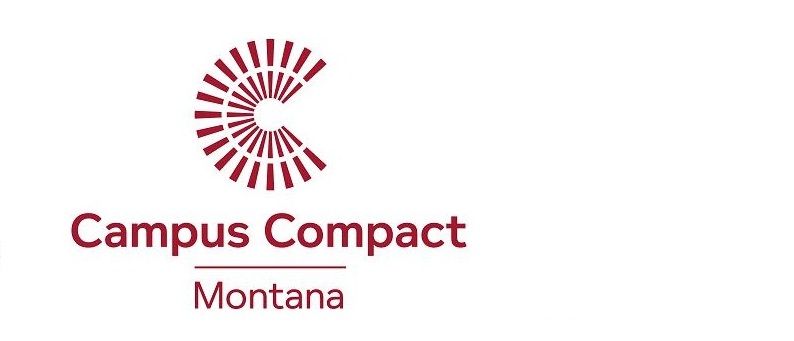My motivation for moving to Montana and working through Montana Campus Compact was in part to learn if I wanted to pursue the path of becoming a teacher. Part of my service here in Butte, MT is to assist with an after school science program at M. Leary Elementary School. This program has offered me the insight and experience I sought, but it also has emphasized to me the importance of supporting the curiosity of the youth in all communities and a teacher/academic mentor’s ability to direct innate human curiosity into a desire to learn.
It’s not learning the answers to every question that makes you learn the most in life, or become a brilliant academic, and yet the very principle of having the predetermined answer to every question is what we are increasingly judging students by. The desire to learn is a skill, a mindset that transfers across all subjects in life. So through personal, and now observation based, experience, I am left wondering what indeed are the best ways to approach the education of our country’s youth?
I believe that through the services we provide as AmeriCorps leaders that we can create a variety of safe and engaging spaces for students within a range of topics, and that this space should be not only to aid them in succeeding in the district and federally determined academic standards of education. Rather, if we make sure to implement the value of learning and provide experiences for them to develop a desire to learn more about any subject then we are better preparing them for any array of futures.
Every set of community, school, and class dynamics will differ as greatly as an individual’s experiences and perspectives in life. There is no silver bullet to education, and any number of factors need to be considered when planning a course let alone a restructuring of the entire system. Besides social, political, and structural changes which would allow for the shifting of our entire education system. I have come to view our work as AmeriCorps members to be a very important one. The work we do is not always groundbreaking, but, as has been highlighted in recent weeks by various news articles and speakers at recent conferences, taking a year or two out of our life to aid dozens if not hundreds of students who cross through the threshold wherever we serve is something that does not go unnoticed in the larger scale of things. This leads me to two additional thoughts about our work in AmeriCorps. One, that the pure number of hours and range of locations that members serve at is something that in and of itself shows the breadth of possible good done by another under-paid and under-utilized sector of our society and economy. And two, that it is a grand shame that it is necessary for a small sub-sector of the government to attempt to remedy the larger inequities and failings of the government at large to support not just the broad sector of ‘social services’ but specifically the education systems which are the backbone to every aspect of our society since it is how we learn about the world, our country, our community, ourselves, and how to best support the very places we live.
At a time when misinformation and snap decisions can have lasting impacts on larger communities than ever before, my service through AmeriCorps has shown me the importance of giving aid at an individual level, and how even students who are considered smart and don’t have issues at school aren’t given the space to develop further skills and instead stagnate. It is fairly well known that schools in this country are constrained by having to focus on the lowest performing students, at the consequence of having their schools lose funding and potentially being shut down. The education focused groups within AmeriCorps can work to relieve this pressure on districts by working in classrooms, creating and working at after school programs, but the numbers don’t add up to these efforts being the solution to the problem.
Thus the question remains, through all of our experiences serving in AmeriCorps, how can we take what we learn, what we see, and what local people and educators tell us and culminate it into real change? Is there, or could there be, a format for this work and experience to mean more? What will it take for our country and society to put the education, and therein personal and economic well being, of her citizens first?






